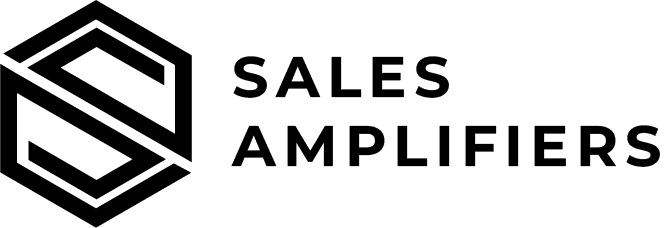- By Ali Awais
- February 9, 2025
- No Comments
Table of Contents
ToggleThe Impact of Broken Links
Broken links, or dead links, are hyperlinks that lead to non-existent pages, resulting in 404 errors. These can occur due to deleted pages, URL changes, or typographical errors in the link. The consequences include:
Diminished User Experience: Users encountering broken links may become frustrated, leading to higher bounce rates and reduced engagement.
Negative SEO Implications: Search engines view broken links as indicators of poor site maintenance, which can adversely affect your site’s ranking.
Loss of Link Equity: Broken internal links disrupt the flow of link equity, potentially diminishing the value of other pages on your site.
Identifying Broken Links
To maintain a healthy website, regularly audit for broken links using the following methods:
Google Search Console: Navigate to the “Coverage” report to identify pages returning 404 errors. This tool highlights issues that need immediate attention.
SEO Tools: Utilize platforms like Ahrefs, SEMrush, or Screaming Frog to conduct comprehensive site audits. These tools can efficiently detect both internal and external broken links.
Manual Inspection: Periodically review your website’s key pages, especially older content, to ensure all links are functional. Browser extensions like Check My Links can assist in this process.
Fixing Broken Links
Once identified, address broken links promptly:
Update or Replace Links: Correct the URL if the content still exists elsewhere, or replace it with a relevant alternative.
Implement 301 Redirects: For permanently removed or relocated pages, set up 301 redirects to guide users and search engines to the new or most relevant page. This method preserves link equity and maintains SEO value.
Remove Irrelevant Links: If no suitable replacement exists, consider removing the broken link to prevent user frustration.
Understanding Redirects
Redirects inform browsers and search engines that a page has moved, ensuring users reach the intended content. The primary types include:
301 Redirect (Permanent): Indicates a permanent move to a new URL, passing approximately 90-99% of link equity.
302 Redirect (Temporary): Signals a temporary move, passing little to no link equity.
307 Redirect (Temporary): Similar to a 302 but used in HTTP/1.1, indicating that the resource is temporarily located at a different URL.
Implementing the appropriate redirect ensures that both users and search engines understand the status of the moved content.
Best Practices for Redirects
To maintain SEO integrity:
Avoid Redirect Chains: Ensure redirects point directly to the final destination without intermediate steps, as multiple redirects can slow down site performance and dilute link equity.
Regularly Audit Redirects: Periodically review your site’s redirects to ensure they are still necessary and correctly implemented.
Use Relevant Redirects: Redirect users to content that closely matches the original page to maintain relevance and user satisfaction.
Preventing Future Broken Links
Proactive measures can minimize the occurrence of broken links:
Consistent Site Audits: Schedule regular audits using SEO tools to detect and address broken links promptly.
Implement URL Best Practices: Use clean, descriptive URLs and avoid unnecessary changes to prevent link breakage.
Monitor External Links: Regularly check outbound links to ensure they remain active, updating or removing them as necessary.
By diligently managing broken links and implementing proper redirects, you can enhance user experience, preserve SEO value, and maintain your website’s credibility.




